Power MOSFETs have excellent thermal stability and do not undergo thermal runaway. Therefore, parallel connection of multiple MOSFETs is a common method to reduce conduction losses and distribute power dissipation, thus limiting the maximum junction temperature.
Key Points for Parallel Connection of Power MOSFETs:
When paralleling MOSFETs for high-speed and high-power applications, it is essential to avoid current concentration and overcurrent. This ensures good balancing and uniform distribution of current passing through all devices under all possible load conditions.
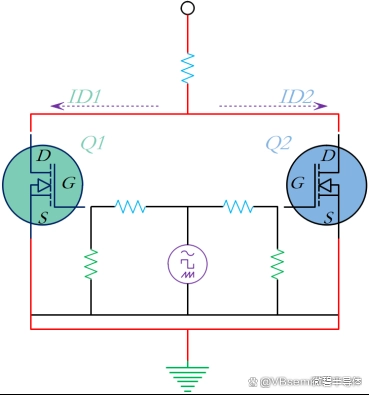
Static/Dynamic Operations When Paralleling Power MOSFETs:
Static:
MOSFETs with lower Rds(on) can conduct more current. As they heat up, Rds(on) increases, and part of the current will shift to other MOSFETs. The current sharing depends on the relative resistance values of each MOSFET.
Note: a. The current through each MOSFET is proportional to the reciprocal of its on-resistance Rds(on); b. Parallel MOSFETs placed with good thermal coupling have approximately the same junction temperature.
Dynamic:
During dynamic operation, the MOSFET with the lowest threshold voltage Vgsth opens first and closes last. This MOSFET generally accounts for more switching losses and experiences higher voltage stress during switching transitions.
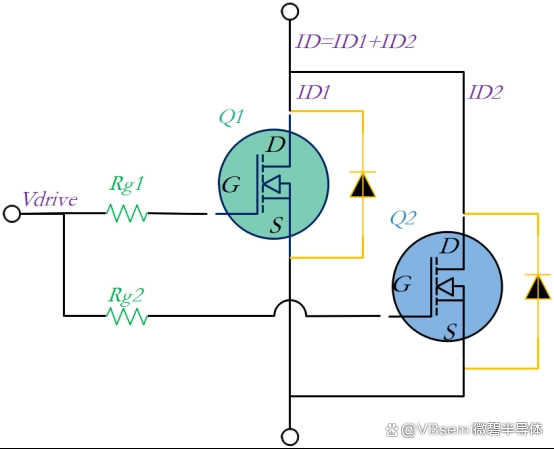
Consistent Turn-On and Turn-Off Thresholds:
Due to variations in switching times of power MOSFETs, there can be imbalances during turn-on and turn-off, mainly influenced by the gate-source threshold voltage Vth. That is, the smaller the Vth, the faster the turn-on time. Conversely, during turn-off, the larger the Vth, the faster the cutoff speed.
Furthermore, when current is concentrated on a power MOSFET with a smaller Vth during turn-on and turn-off, there may be current imbalances, leading to excessive device power loss and potential failure. Therefore, inserting a resistor between each MOSFET with similar Vth values and variations in switch time can ensure stable operation and prevent abnormal oscillations.
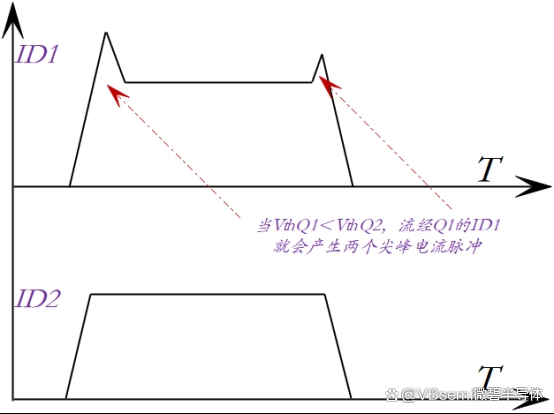
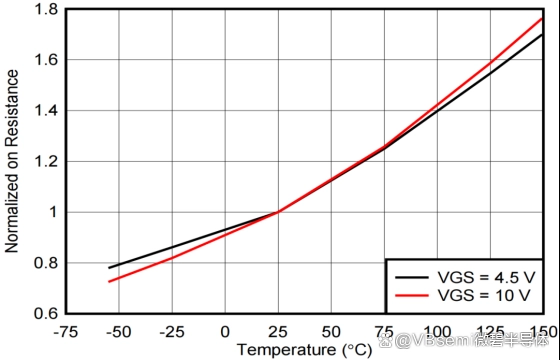
Other Key Points:
A. Each MOSFET requires a gate resistor with resistance ranging from a few ohms to tens of ohms to prevent current sharing and oscillation; B. MOSFETs have good thermal coupling to ensure current and thermal balance; C. Avoid adding external components between the gate and source (GS) to adjust resistance values appropriately and optimize switching speed.
Now, the question arises: What are the main differences between paralleling bipolar transistors and MOSFETs?
Bipolar transistors, being current-driven, are more susceptible to disruption of current balance due to fluctuations in the base-emitter voltage Vbe. This makes achieving balanced parallel connections more challenging.
In contrast, power MOSFETs, being voltage-driven, require only a drive voltage to each paralleled MOSFET to maintain relatively good balance, making parallel connection easier. Therefore, MOSFETs have advantages over bipolar transistors in multiple parallel scenarios.
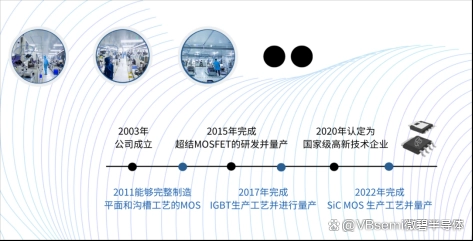
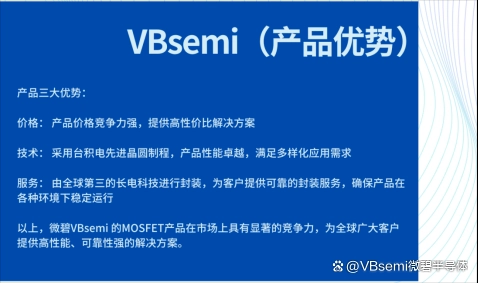
That concludes the content for this issue! Thank you for reading and supporting!
(Disclaimer: The above information and images are sourced from the internet.)
* 如果您需要申请我司样品,请填写表格提交,我们会24小时内回复您